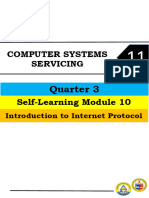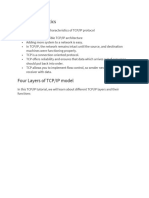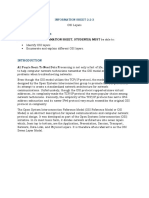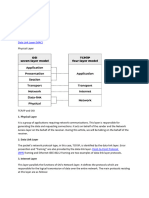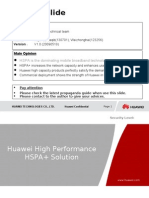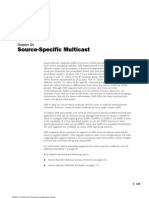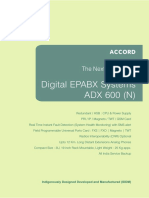0% found this document useful (0 votes)
17 views7 pagesNetworking Concepts
This document teaches you about the concepts of networking, like the OSINT model, TCP/IP and UDP Protocols, The life of a packet, e.t.c
Uploaded by
husseindevops786Copyright
© © All Rights Reserved
We take content rights seriously. If you suspect this is your content, claim it here.
Available Formats
Download as DOCX, PDF, TXT or read online on Scribd
0% found this document useful (0 votes)
17 views7 pagesNetworking Concepts
This document teaches you about the concepts of networking, like the OSINT model, TCP/IP and UDP Protocols, The life of a packet, e.t.c
Uploaded by
husseindevops786Copyright
© © All Rights Reserved
We take content rights seriously. If you suspect this is your content, claim it here.
Available Formats
Download as DOCX, PDF, TXT or read online on Scribd
/ 7







